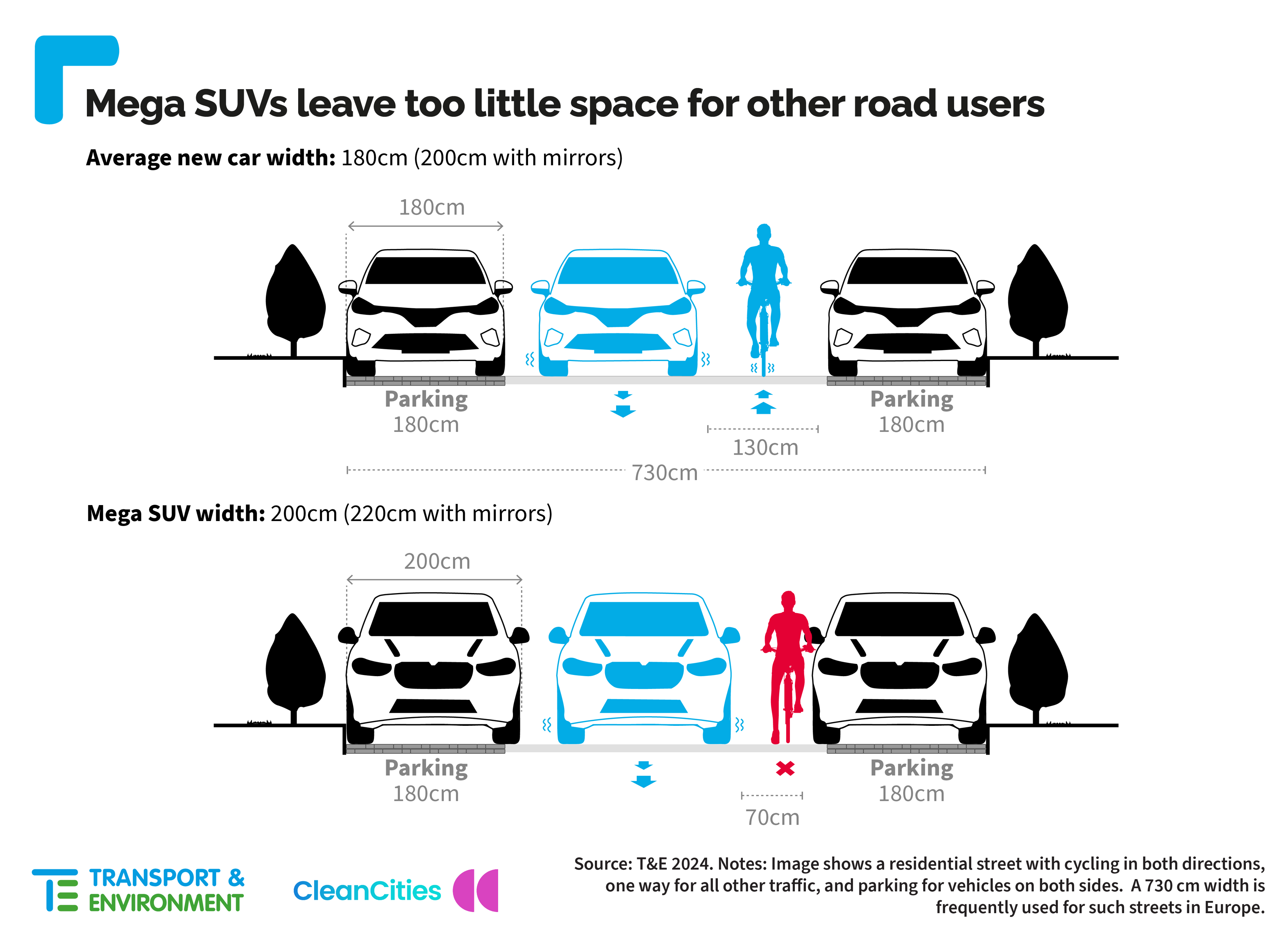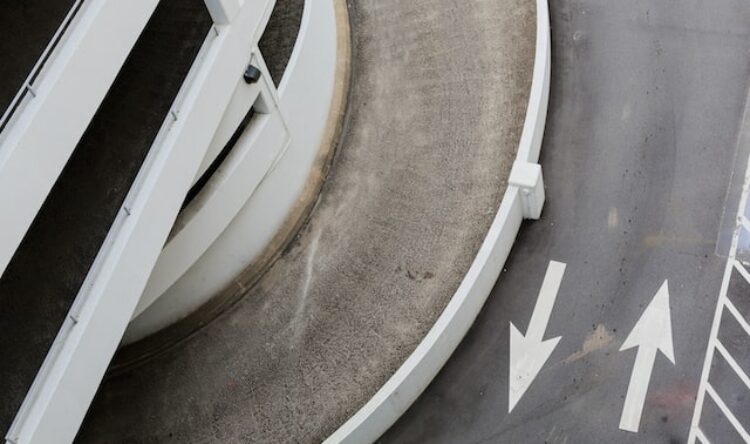Cars are getting too big
New report reveals the increasing size problem of modern car design
Cars are set to keep increasing their waistlines.
This comes despite plenty of recent negative press about the growing size of modern cars.
New research suggests the growth is continuing.
Recent news reports have focussed on cars not fitting into parking bays. There have also been concerns that multi-storey car parks could collapse under the weight.
Concerns over the safety of other road users has been raised when these large cars are involved in a crash.
Watching the waistlines
The new research comes from Transport and Environment (T&E).
New cars, on average, are getting 1 cm wider every two years in Europe.
This statistic is largely due to the popularity of SUVs, but all car designs are increasing.
The environmental lobby group’s report is titled: Ever-wider: why large SUVs don’t fit, and what to do about it . It suggests that around half of new cars sold are already too wide for the minimum on-street parking space in many countries.
Paris could be the first major European capital to tackle this trend.
Citizens are being asked to endorse higher parking charges for SUVs in a referendum next month.
Is it a lorry?
T&Es report compares the top 100 cars sold in 2018 to the top 100 in the first-half of 2023.
It reveals that the average width of new cars has grown from 177.8cm to 180.3cm over the five-year period.
Data compiled by the International Council on Clean Transportation (ICCT) confirms the same trend in the two decades up to 2020.
New cars in the EU are subject to the same maximum width, 255cm, as buses and trucks.
T&E says that unless the EU width limit for cars is reviewed and cities impose higher parking charges, large SUVs and pick-ups will continue to expand to the cap meant for trucks.
In the spotlight

Too big for their boots
“Cars have been getting wider for decades,” states James Nix, vehicles policy manager at T&E. “That trend will continue until we set a stricter limit”.
“Currently the law allows new cars to be as wide as trucks. The result has been big SUVs and American style pick-up trucks parking on our footpaths and endangering pedestrians, cyclists and everyone else on the road.”
Among the top 100 models in 2023, 52% were too wide for the minimum specified on-street parking space (180cm) in major cities. Capitals affected include London, Paris and Rome.
Space and time
Off-street parking is now a tight squeeze even for the average new car (180cm wide). Meanwhile, large luxury SUVs no longer fit.
Measuring around 200cm wide, large luxury SUVs leave too little space for car occupants to get in and out of vehicles in typical off-street spaces (240cm).
The growth in size is very pronounced among large luxury SUVs. For example, the Land Rover Defender grew by 20.6 cm and the Mercedes X5 by 6 cm in just six years, says T&E.
The wider designs have also enabled the height of vehicles to be further raised, despite crash data showing a 10cm increase in the height of vehicle fronts carries a 30% higher risk of fatalities in collisions with pedestrians and cyclists.






